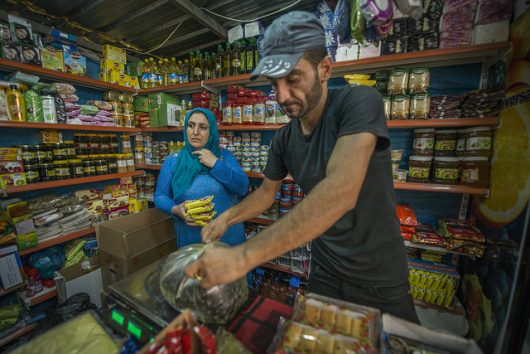The Ongoing Impacts of Unemployment in Iraq

With years of government instability and a decade of war, Iraqi’s have had to suffer through harsh economic woes. With the lack of infrastructure and only the very beginnings of a stable government, the average Iraqi has been affected by the economy the most. Here are 10 things you need to know about unemployment in Iraq.
- As of 2016, the unemployment in Iraq reached 16 percent. For the last decade, Iraq’s unemployment has stayed alarmingly stagnant with the lowest year for unemployment being 2014, with a 15 percent unemployment rate.
- The Iraqi population, currently at 34 million, is predicted to reach 50 million by 2030.
- The Iraq government employs 40 percent of the population, but, 48 percent of those jobs can only be found in urban areas.
- Fifty percent of Iraq’s population is under the age of 19, but the youth population (ages 14-24) is highly affected by the economic woes leading to unemployment in Iraq. Eighteen percent of youth are unemployed.
- Ninety-nine percent of the government’s revenue is made by the oil sector, but only one percent of Iraqis work in the oil sector.
- Due to the high increasing tensions with the Islamic State rising in Iraq, oil companies are beginning to pull out a number of their facilities within the nation. In 2015, Chevron, the second-largest oil company in the U.S., pulled out two of its oil blocks. Last December, Exxon Mobil, the largest oil company in the U.S., pulled out three of its six blocks in Kurdistan. This type of sudden movement out of Iraq leads to loss of revenue for the government and has also led to the investment of other companies being halted. All of these factors highly affect the unemployment in Iraq.
- Five million Iraqis live in Kurdistan, one of the poorest areas in the nation. In 2015, Kurds were affected when 700,000 lost their jobs.
- Currently, 23 percent of people in Iraq live below the poverty line.
- The Iraqi government has tried to make a difference in the poverty levels. In 2015, the Ministry of Planning implemented a program aimed at ending poverty, which consisted of a five-year plan to decrease poverty to 10 percent. At the end of that same year, the MoP confirmed that its plan had failed, and no new attempts have been made since.
- The increasing influx of refugees has put a harsh strain on the already crippling economy of Iraq. As of 2015, two million refugees had been displaced all over Iraq because of conflicts with the Islamic State.
It is apparent that Iraq is in need of a new strategy to help restore its economy. Hopefully action is taken before the country falls into further disrepair.
– Maria Rodriguez
Photo: Flickr
